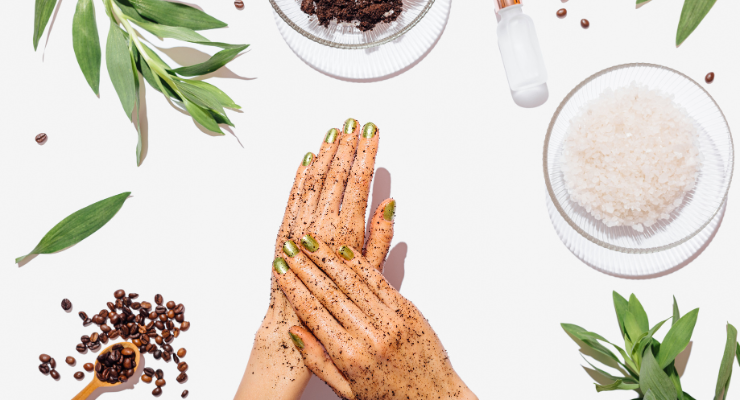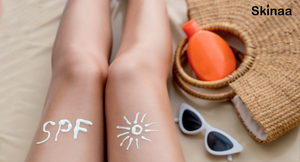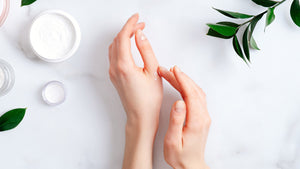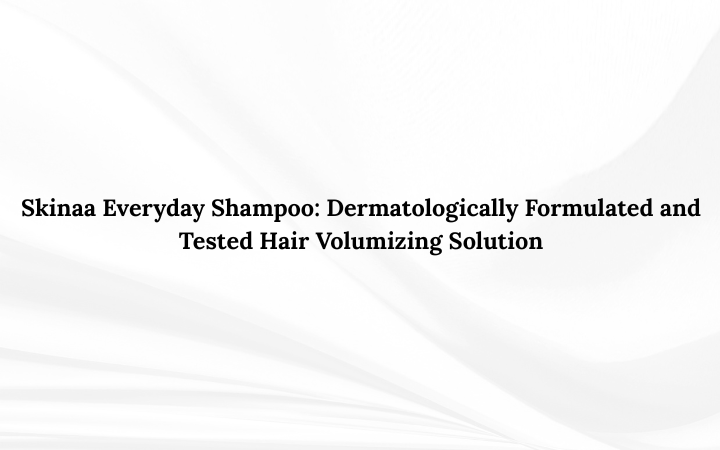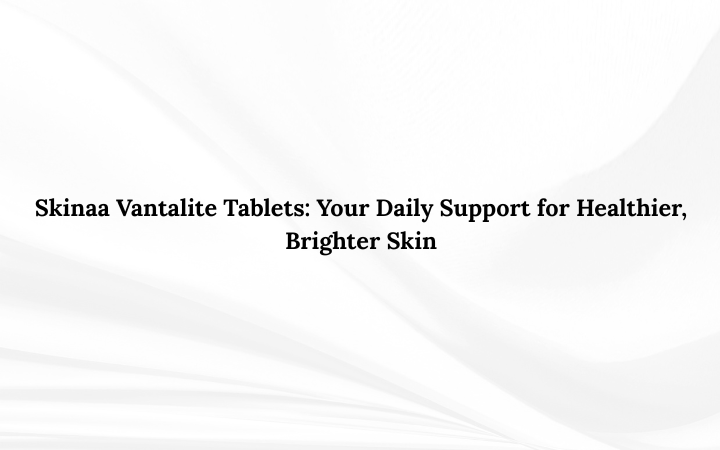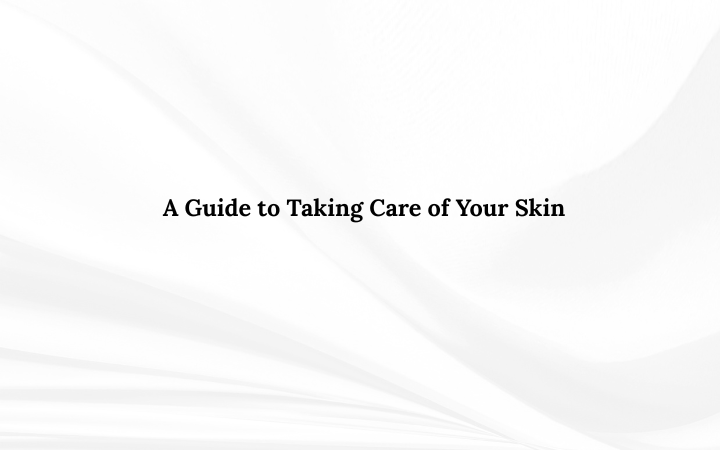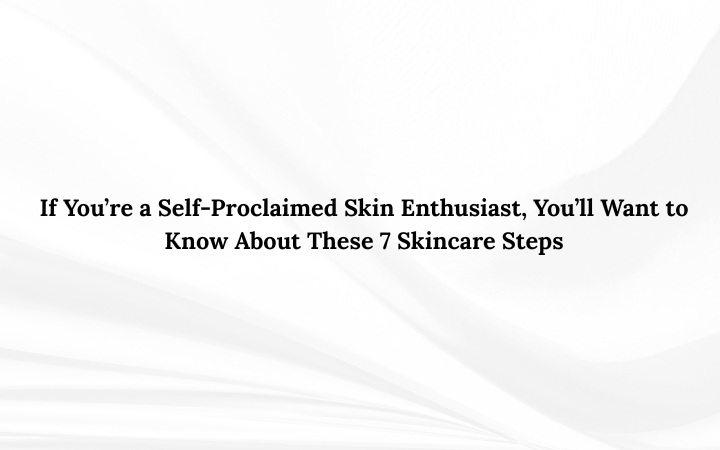Acne is a common skin concern that can be caused by a variety of factors such as excess oil, bacteria, and clogged pores. Finding the right skincare ingredients can make a huge difference in reducing breakouts and achieving clearer skin. Whether you’re dealing with occasional pimples or chronic acne, incorporating effective, proven ingredients into your routine is essential. Here are five powerhouse ingredients to look for in your anti-acne skincare routine.
1. Salicylic Acid: Unclogs Pores and Reduces Inflammation
Salicylic acid is one of the most popular and effective ingredients in acne-fighting skincare products. As a beta hydroxy acid (BHA), salicylic acid is oil-soluble, allowing it to penetrate deep into the pores to dissolve excess oil and dead skin cells. It works by unclogging pores, reducing inflammation, and preventing future breakouts.
Benefits:
- Unclogs pores by exfoliating inside the hair follicles.
- Reduces inflammation and redness associated with acne.
- Helps prevent blackheads and whiteheads by keeping pores clear.
How to Use:
Look for cleansers, toners, or spot treatments containing 0.5% to 2% salicylic acid. For best results, use it daily in your skincare routine, but be careful not to overuse it, as it can dry out the skin if used excessively.
2. Benzoyl Peroxide: Fights Acne-Causing Bacteria
Benzoyl peroxide is a powerful acne treatment that works by killing the bacteria (Propionibacterium acnes) responsible for acne formation. In addition to its antibacterial properties, it also helps reduce excess oil production and exfoliates dead skin cells.
Benefits:
- Kills acne-causing bacteria and prevents the spread of breakouts.
- Reduces oil production and helps keep pores clear.
- Works quickly to reduce the size and severity of acne lesions.
How to Use:
Benzoyl peroxide is available in concentrations ranging from 2.5% to 10%, and is commonly found in cleansers, gels, and spot treatments. Start with a lower concentration to avoid irritation, and gradually increase usage as your skin adapts. Be sure to use a moisturizer afterward, as benzoyl peroxide can dry out the skin.
3. Niacinamide: Soothes and Regulates Oil Production
Niacinamide, also known as vitamin B3, is a versatile ingredient that offers a wide range of benefits for acne-prone skin. It’s an anti-inflammatory agent that calms irritated skin and reduces redness. Niacinamide also helps regulate oil production, making it particularly useful for people with oily or combination skin.
Benefits:
- Reduces inflammation and redness associated with acne.
- Balances sebum (oil) production, helping to control excess oil.
- Strengthens the skin barrier and improves the overall texture of the skin.
How to Use:
Niacinamide can be used daily and is often found in serums and moisturizers. Look for products with 5% niacinamide for maximum effectiveness. It’s gentle enough to pair with other acne-fighting ingredients like salicylic acid or benzoyl peroxide.
4. Retinoids: Promotes Cell Turnover and Prevents Clogged Pores
Retinoids, derived from vitamin A, are highly effective in treating acne by increasing cell turnover. They work by shedding dead skin cells, preventing clogged pores, and reducing the formation of blackheads and whiteheads. Retinoids are also helpful for treating acne scars and improving the overall texture of the skin.
Benefits:
- Promotes cell turnover to keep pores from clogging.
- Reduces the appearance of acne scars and hyperpigmentation.
- Prevents future breakouts by keeping skin clear and smooth.
How to Use:
Retinoids come in various forms, from over-the-counter retinol to stronger prescription-grade tretinoin. Start by using retinol products 2-3 times a week at night to allow your skin to adjust, as retinoids can cause dryness and irritation initially. Always follow up with sunscreen during the day, as retinoids can make your skin more sensitive to the sun.
5. Tea Tree Oil: Natural Antibacterial Power
Tea tree oil is a natural remedy with strong antibacterial and anti-inflammatory properties, making it an excellent choice for treating acne. It works by killing acne-causing bacteria and reducing the size of pimples, especially when used as a spot treatment.
Benefits:
- Naturally kills acne-causing bacteria.
- Reduces inflammation and calms active breakouts.
- Less drying than other antibacterial treatments like benzoyl peroxide.
How to Use:
Tea tree oil is commonly found in cleansers, toners, and spot treatments. You can also use pure tea tree oil diluted with a carrier oil for targeted treatment. Apply it directly to pimples once or twice a day for best results. Since it’s a potent oil, always dilute it or use a product with a safe concentration to avoid skin irritation.
When it comes to fighting acne, having the right ingredients in your skincare routine is essential. Salicylic acid, benzoyl peroxide, niacinamide, retinoids, and tea tree oil are all proven to be highly effective in treating acne and preventing future breakouts. Incorporate these powerful ingredients into your routine based on your skin’s specific needs, and remember to be consistent—clear, healthy skin takes time and patience. By choosing the right products and using them properly, you’ll be well on your way to achieving a clearer, more radiant complexion.


